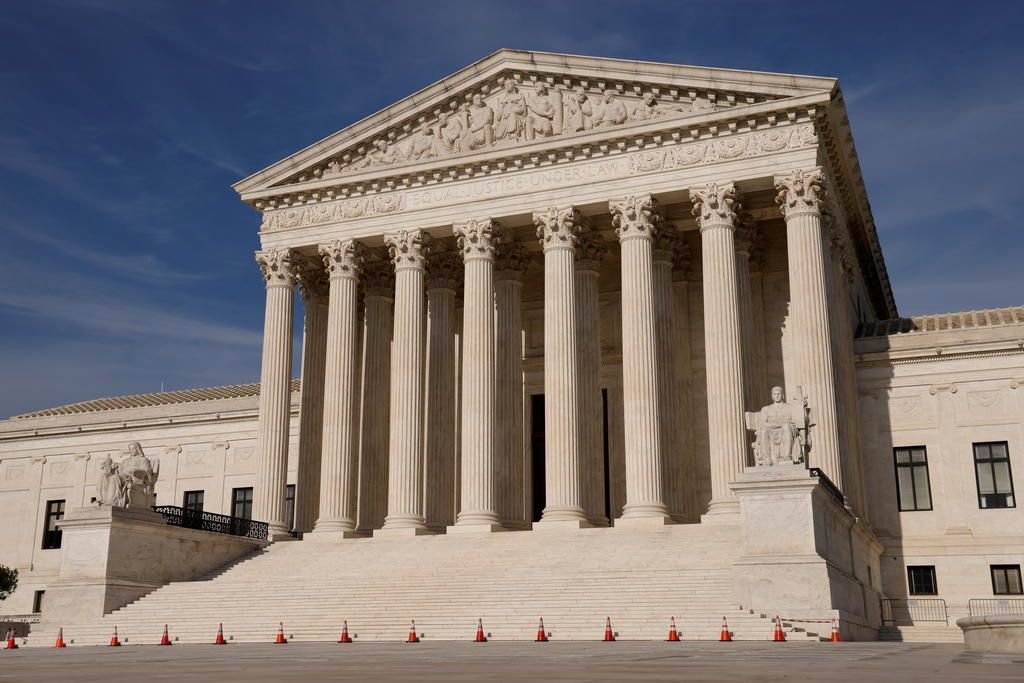What’s going on with the abortion challenge in the Supreme Court?

A few minutes every morning is all you need.
Stay up to date on the world's Headlines and Human Stories. It's fun, it's factual, it's fluff-free.
The subject of abortion is a controversial one to say the least. Since the original case in 1973, the debate hasn’t really shifted, with both sides very much entrenched in their positions.
Wasn’t abortion already ruled on by the court in Roe v. Wade?
- Largely, yes. Roe v. Wade made it so that under the fourteenth amendment, which guarantees citizens of the United States the right to privacy, women have the right to choose whether or not to have an abortion up until the third trimester of pregnancy (unless the life of the mother is declared to be at risk during the third trimester).
- Then, about two decades after Roe v. Wade, in 1992, came Planned Parenthood v. Casey, which upheld the ruling made in Roe v. Wade, but changed things from being based on trimesters to being based on fetal viability, or whether or not the fetus could survive outside of the womb.
- Basically, with the 1992 ruling, the Supreme Court created a new litmus test to determine whether a law concerning abortion was unconstitutional. The test, called the “undue burden standard,” says that if a law is made whose goal is to put an obstacle in the path of a woman looking to abort a nonviable fetus (a fetus that couldn’t survive outside of the womb), then that law is unconstitutional.
- It also moved the deadline for an abortion from 28 weeks, as set in Roe, to 24 weeks.
- The court rulings also didn’t make it illegal to get an abortion at any point, but just said that states could make that judgment however they liked, just as long as it was after the window the court set and for the right reasons.
So what’s the new case about?
- The new case has to do with a bill signed into law in Mississippi in 2018 that makes abortion illegal after 15 weeks, more than two months earlier than the date set out by the Casey ruling.
- But the difference now is the balance of the court, which today has a 6-3 conservative majority. This majority might disregard earlier rulings by the Supreme Court and rule in favor of further abortion regulation.
- This detail has abortion rights activists worried that it might threaten their efforts. “Alarm bells are ringing loudly about the threat to reproductive rights,” said Nancy Northup, the chief executive officer and president of the Center for Reproductive Rights, the group that is taking the case to court.
What now?
- The subject of abortion is a controversial one to say the least. Since the original case in 1973, the debate hasn’t really shifted, with both sides very much entrenched in their positions.
- Some have argued that the fact that the court took this case only hurts its credibility, because it shows that the only thing stopping the overturning of precedent is the political balance of the court itself.
- The court is supposed to hear the case starting in October and deliver its decision in the spring of 2022, which will bring the issue into the spotlight just ahead of the 2022 midterm elections.
- The potential impact of the issue, which could overturn five decades of precedent, will ensure that the issue stays in the spotlight.
Have a tip or story? Get in touch with our reporters at tips@themilsource.com




Comments ()